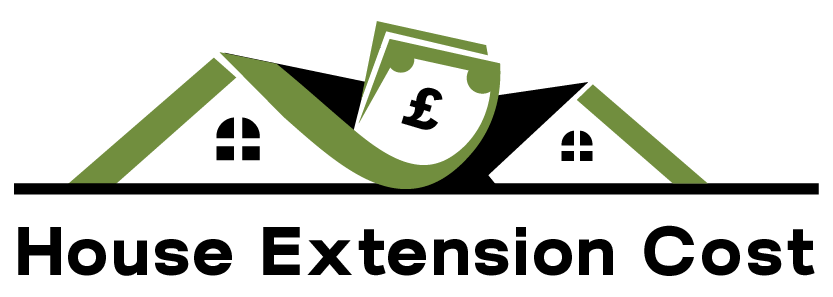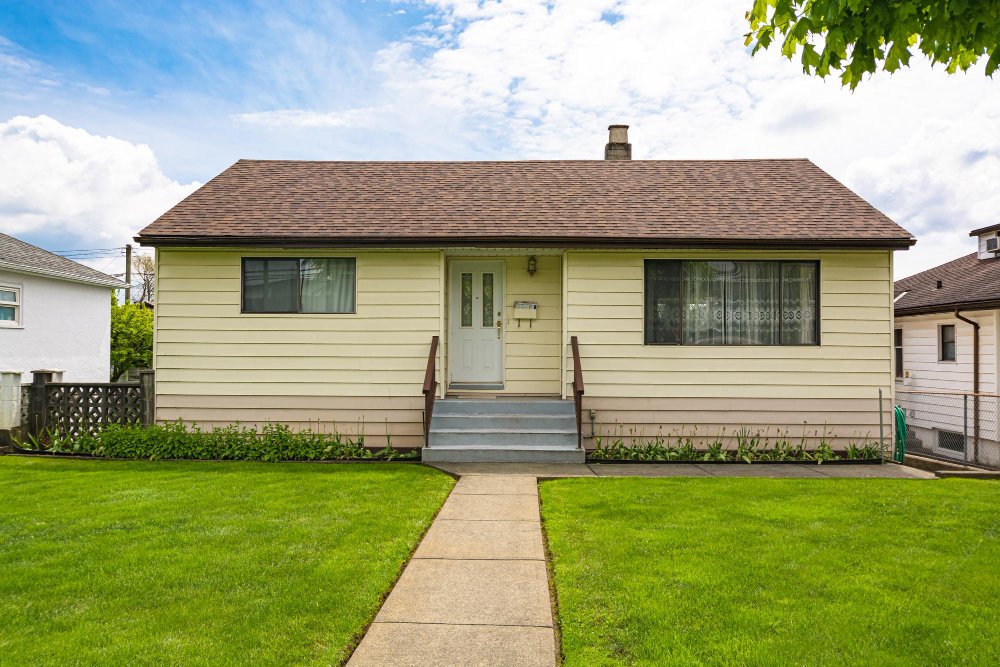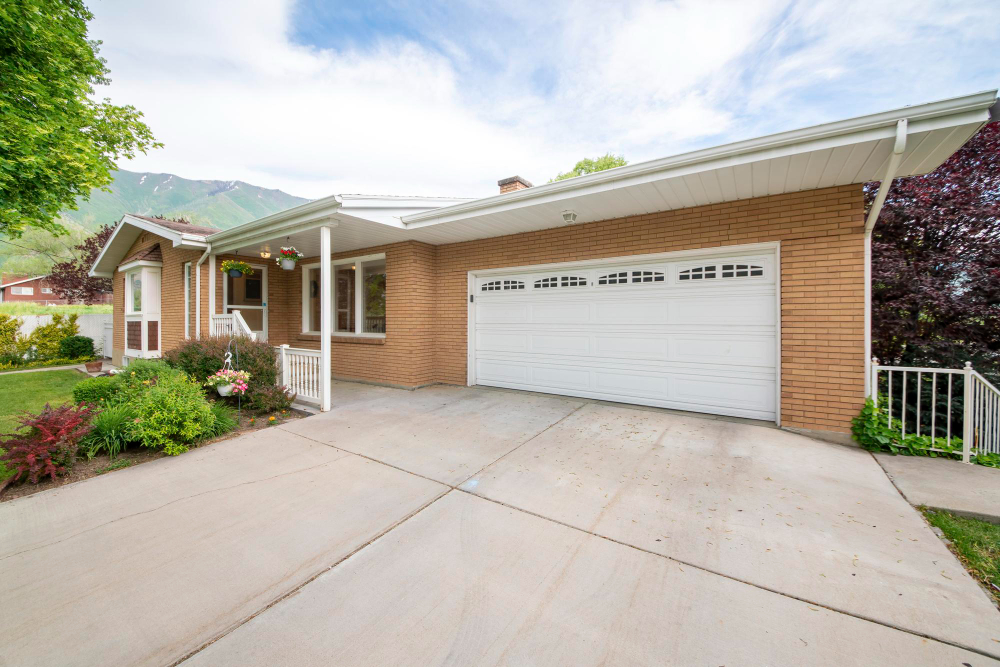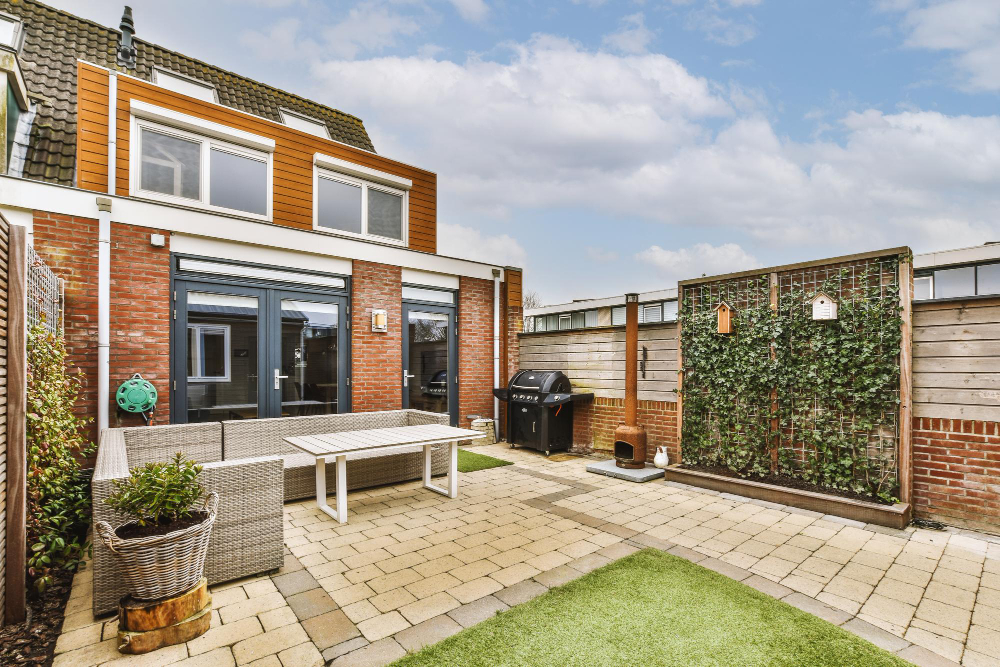You love your home, but it no longer fits your lifestyle. The kitchen feels cramped, the living room is crowded, and moving to a bigger property seems overwhelming.
Buying a new home comes with high stamp duty, legal fees, and the stress of uprooting your family. At the same time, staying put without more space can leave your home feeling less functional and less enjoyable.
This is where a single-storey extension can transform everything. Not only does it create the open, modern living space you’ve always wanted, but it can also boost the value of your property significantly. But exactly how much does a single-storey extension add to the value of a house? Let’s explore the numbers, the factors, and the smart ways to make sure your investment pays off.
1. What is a Single-Storey Extension?
A single-storey extension is an additional structure built onto your home that expands the ground floor space without adding an extra level above. It usually extends into the garden or side of the property and blends seamlessly with the existing layout.
Common uses include:
- A larger kitchen or kitchen-diner.
- An open-plan living and dining area.
- A home office or study.
- A utility room or downstairs bathroom.
- A playroom or family lounge.
For many UK homeowners, the single-storey extension is the most practical choice because it delivers a noticeable increase in space without the complexity and expense of building upwards.
2. How Much Value Does a Single-Storey Extension Add to a House?
The value uplift varies depending on size, design, and location. On average:
- Single-storey extensions add between 5% and 10% to the value of a house.
- For a property worth £300,000, that could mean an extra £15,000 to £30,000.
- In areas with higher demand (such as London or commuter towns), the uplift may be even greater.
Example Calculation
- House value before: £350,000.
- Extension cost: £50,000.
- Estimated value increase: 8% (£28,000).
- Net impact: £22,000 shortfall in immediate profit, but major lifestyle improvement and potential for further appreciation in the future.
While the pure profit may not always cover the cost upfront, the dual benefit of increased space and improved property appeal makes a single-storey extension a smart investment for many families.
3. Factors That Influence Added Value
The percentage uplift is never a fixed number. It depends on several key factors:
Location and Market Demand
- In high-demand areas, buyers are willing to pay more for extended homes.
- In slower markets, the uplift may be closer to the lower end of 5%.
Size and Layout
- Larger extensions add more value but only if the space is usable and well-planned.
- A 20m² kitchen-diner will add more value than a small, narrow side extension.
Purpose of the Extension
- Extra bedrooms and bathrooms often add the most value.
- However, open-plan kitchen-living spaces are currently in huge demand and can add nearly as much.
Quality of Construction
- Buyers notice high-quality finishes such as energy-efficient windows, modern fittings, and seamless design.
- Poorly executed extensions may actually reduce your home’s value.
4. Why Buyers Love Single-Storey Extensions?
Modern buyers are looking for more than just bedrooms and bathrooms. Lifestyle features matter just as much, and single-storey extensions often deliver exactly that.
Open-Plan Living
The trend towards spacious, flowing layouts makes a single-storey kitchen-living area extremely appealing. Families want spaces where cooking, dining, and relaxing blend together.
Indoor–Outdoor Connection
Extensions with bi-fold doors or large glass panels create a natural link to the garden. This indoor–outdoor flow adds desirability and can make the home feel larger than it is.
Family-Friendly Space
For young families, an extra play area, home office, or utility room adds functionality. For older buyers, ground-floor bathrooms or guest rooms can increase accessibility.
In short, a well-designed single-storey extension is not just extra square metres. It creates a lifestyle upgrade that buyers are willing to pay more for.
5. Cost vs Value: Is It Worth It?
A single-storey extension usually costs between £1,350 and £1,750 per square metre in the UK, plus VAT.
Average Cost Breakdown
- Small extension (20m²): £27,000 – £35,000.
- Medium extension (30m²): £40,000 – £52,500.
- Large extension (50m²): £65,000 – £87,500.These figures vary based on finishes, materials, and location.
Is It Worth the Investment?
If you spend £50,000 on a kitchen extension that boosts your home value by £25,000 immediately, you may not make a direct profit. However:
- You enjoy the improved space for years.
- Your property becomes easier to sell and more attractive to buyers.
- House prices may rise, making your uplift larger in the future.
Think of it as a long-term investment in both lifestyle and property value.
6. How to Maximise Value from a Single-Storey Extension
Not all extensions add the same value. To make yours truly pay off, consider these tips:
Prioritise Kitchens and Living Areas
- Kitchen-diners are among the most valuable spaces in UK homes.
- Combine a larger kitchen with an open-plan dining area for maximum appeal.
Add Natural Light
- Roof lanterns, skylights, and large glass doors make the extension bright and welcoming.
- Natural light increases buyer perception of space and value.
Create a Seamless Flow
- Ensure the new space feels like part of the original home, not an afterthought.
- Use matching flooring, consistent ceiling heights, and well-planned entrances.
Invest in Energy Efficiency
- High-quality insulation, underfloor heating, and double-glazing add value.
- Energy-efficient homes are increasingly desirable to buyers.
Flexible Design
- A versatile space that can serve as a dining area, office, or playroom attracts a wider range of buyers.
7. Common Mistakes to Avoid
Not every extension project leads to a value boost. Avoid these pitfalls:
- Overspending beyond ceiling price: If local homes in your area sell for £400,000 at most, don’t spend £100,000 expecting to sell for £500,000.
- Poor design integration: A boxy, badly planned extension that doesn’t match the house style can put buyers off.
- Cutting corners on finishes: Cheap flooring, low-quality windows, or poor workmanship will reduce perceived value.
- Ignoring planning rules: Building without permission could force you to remove the extension, wiping out all investment.
8. Comparing Single-Storey with Other Extensions
- Single-Storey Extension: Adds 5–10% value. Best for kitchens and living spaces. Moderate cost.
- Double-Storey Extension: Adds 10–12% value. More complex, but it offers extra bedrooms and bathrooms.
- Loft Conversion: Adds 15–20% value. Great for extra bedrooms, but not always possible.
- Garage Conversion: Adds 10–20% value. Affordable if space is underused.
- Conservatory: Adds 5–7% value. Cheaper but less desirable than a full extension.
For most families, a single-storey strikes the right balance between affordability, lifestyle benefits, and property value increase.
Conclusion:
So, how much does a single-storey extension add to the value of a house? On average, 5–10%. But beyond the figures, the real worth comes from the lifestyle improvements it brings and the desirability it adds for future buyers.
By focusing on thoughtful design, high-quality finishes, and spaces that modern buyers love, your extension can be one of the best investments you ever make. Whether you’re looking to stay for years or preparing for a profitable sale, a single-storey extension is a move that adds both comfort and value.
FAQs
1- How much does a single-storey extension cost?
On average, between £1,350 and £1,750 per square metre, with total projects ranging from £25,000 to £80,000 depending on size and finish.
2- Does a single-storey extension always add value?
Yes, but the uplift varies. Most add 5–10% in value, provided they are well-designed, well-built, and in line with local demand.
3- Do I need planning permission?
Most single-storey extensions fall under permitted development, but larger or side-facing builds may need full planning approval. Always check with your local authority.
4- Is it worth building a single-storey extension if I plan to sell soon?
It depends on your budget and timeframe. If you plan to sell within a year or two, you may not fully recover costs. For longer stays, the extension improves both lifestyle and saleability.



